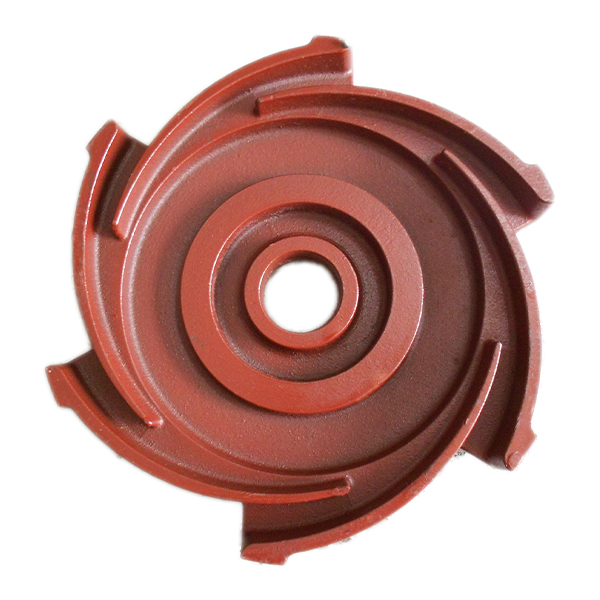Mobile:+86-311-808-126-83
Email:info@ydcastings.com
Metals with Low Melting Points Ideal for Casting Applications and Techniques
Low Melting Point Metals for Casting An Overview
Casting is one of the oldest manufacturing processes known to humanity, and it continues to be employed across various industries for producing complex shapes and components. One of the critical factors in casting is the selection of an appropriate metal with favorable properties, such as melting point, fluidity, and mechanical strength. In recent years, low melting point metals have gained significant attention for their unique advantages in casting applications.
What Are Low Melting Point Metals?
Low melting point metals are those that transition from solid to liquid at relatively low temperatures, typically below 300°C (572°F). Common examples include lead, tin, bismuth, and certain alloys. These metals significantly reduce energy consumption during the casting process, making them environmentally friendly and cost-effective options. Their ease of melting facilitates intricate designs and reduces the risks of thermal degradation of the mold materials.
Advantages of Low Melting Point Metals in Casting
1. Energy Efficiency One of the most immediate benefits of low melting point metals is the reduced energy required for melting. Since these metals have lower melting points than their higher melting counterparts, they consume less energy during the casting process. This is especially advantageous for small-scale foundries looking to minimize production costs.
2. Enhanced Fluidity The low viscosity of molten low melting point metals allows for easier filling of molds, which is particularly beneficial for detailed and complex designs. Enhanced fluidity ensures that the casting captures intricate features flawlessly, reducing defects and improving overall product quality.
3. Safety Metals like bismuth are not only low melting but also less toxic than lead, making them a safer choice for casting applications. This safety aspect extends to the health of workers in foundries and reduces environmental impact.
4. Versatility Low melting point metals can be readily alloyed with other materials to achieve specific properties. For instance, tin and bismuth can be combined to produce easy-to-cast alloys with desirable mechanical characteristics suitable for various applications, from jewelry to electrical components.
low melting point metals for casting

5. Rapid Cooling Due to their low melting points, these metals cool and solidify quickly after being poured into molds. This rapid cooling can enhance the production rate and improve the efficiency of the casting process.
Common Applications of Low Melting Point Metals
Low melting point metals find applications in various industries, including
- Jewelry Making The ease of casting intricate designs makes low melting point metals ideal for jewelry manufacturing. Tin and bismuth alloys are commonly used for producing detailed jewelry components.
- Electrical Components Bismuth and its alloys are used in the manufacturing of low-temperature solder, which is critical in electronics for reliable, low-temperature applications.
- Art Casting Artists often utilize low melting point metals for sculpture and other artistic forms, as they allow for easy manipulation and detailed casting.
- Specialized Applications Certain low melting alloys are used in applications such as fire safety mechanisms and safety devices that need to melt at specific temperatures, providing an effective and reliable solution.
Conclusion
Low melting point metals offer a range of benefits that make them an attractive choice for casting applications. Their energy efficiency, ease of use, safety characteristics, and versatility provide significant advantages over higher melting point metals. As industries continue to focus on sustainable practices and cost-effective solutions, the relevance of low melting point metals in casting is likely to grow. As technology advances, we may witness further innovations and applications that leverage the unique properties of these metals, paving the way for new possibilities in manufacturing and design.
-
Impeller Technology That Powers Precision in Pump SystemsNewsMay.22,2025
-
Valve Durability Begins with Quality Cast Iron ComponentsNewsMay.22,2025
-
Performance Cooling with Advanced Automobile Water Pump SolutionsNewsMay.22,2025
-
How Motor Housing and Oil Pans Shape Engine PerformanceNewsMay.22,2025
-
How Metal Castings Drive Modern Manufacturing EfficiencyNewsMay.22,2025
-
Exploring the Engineering Behind Valve Body CastingsNewsMay.22,2025











